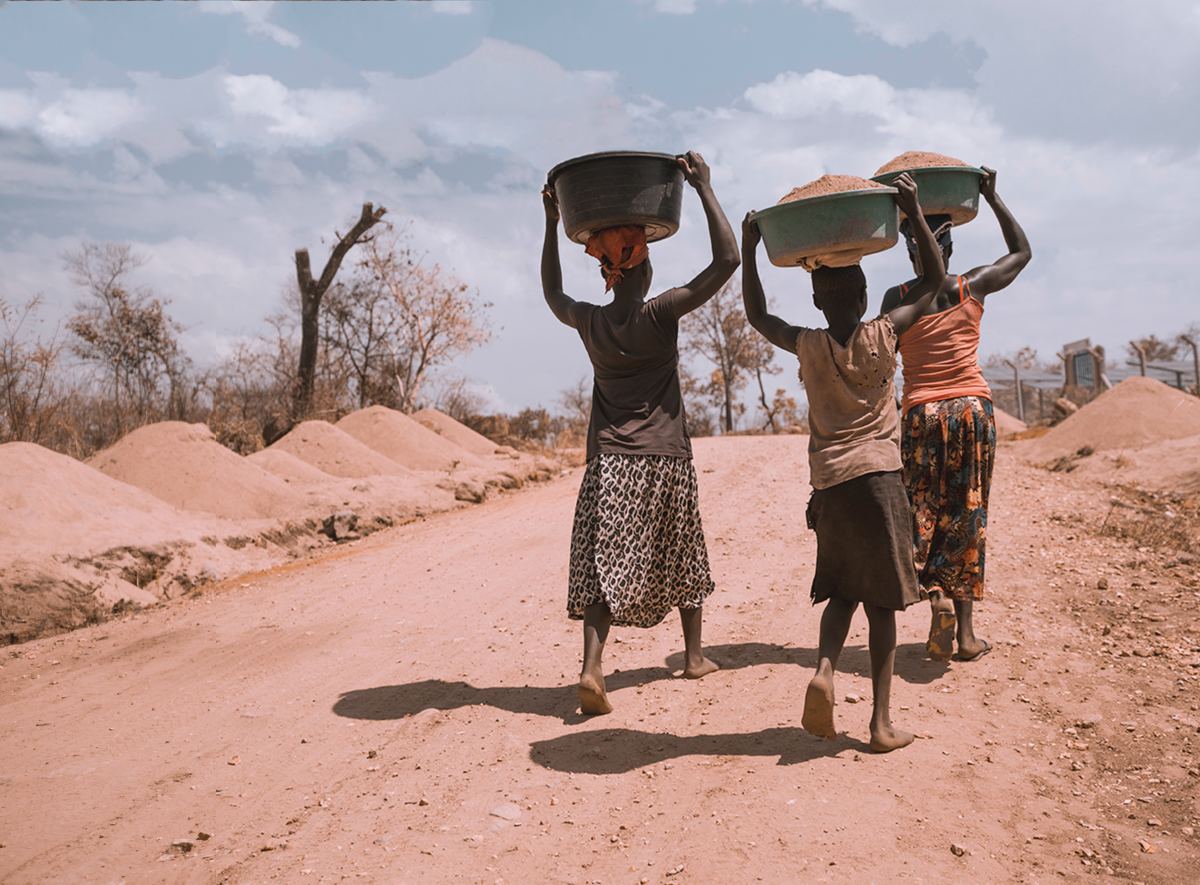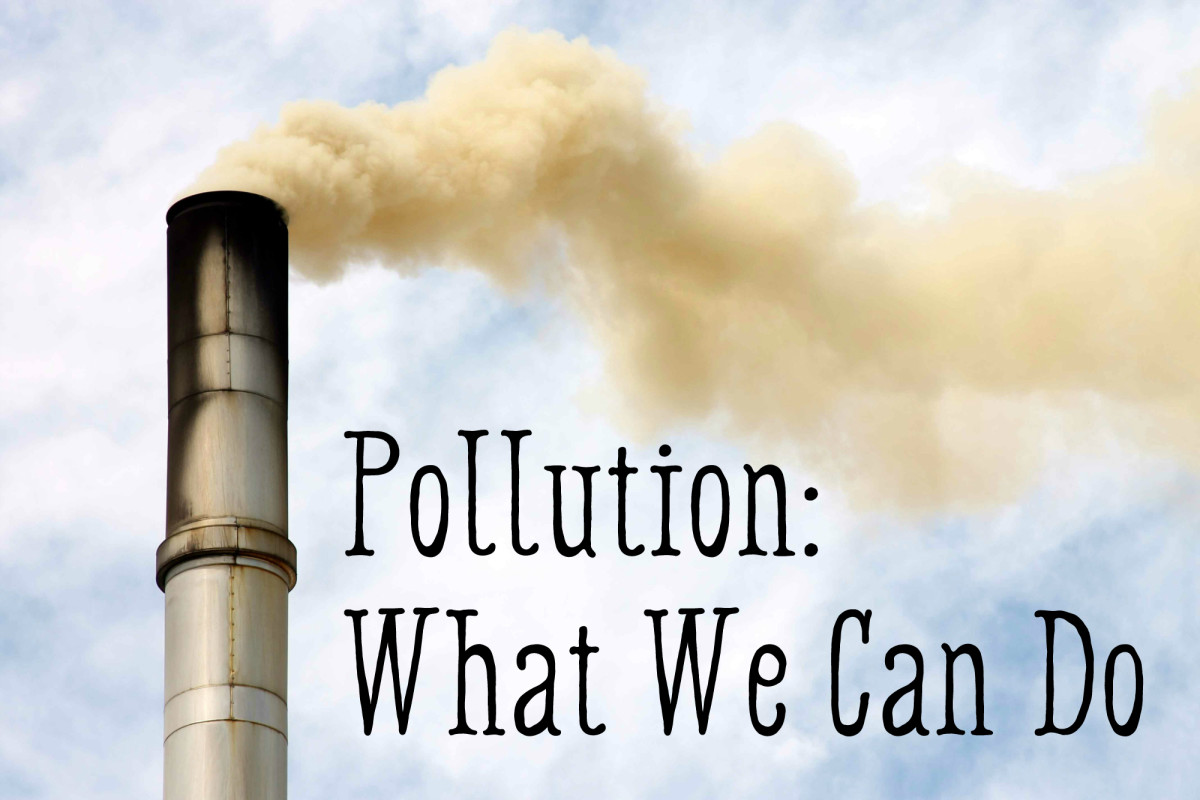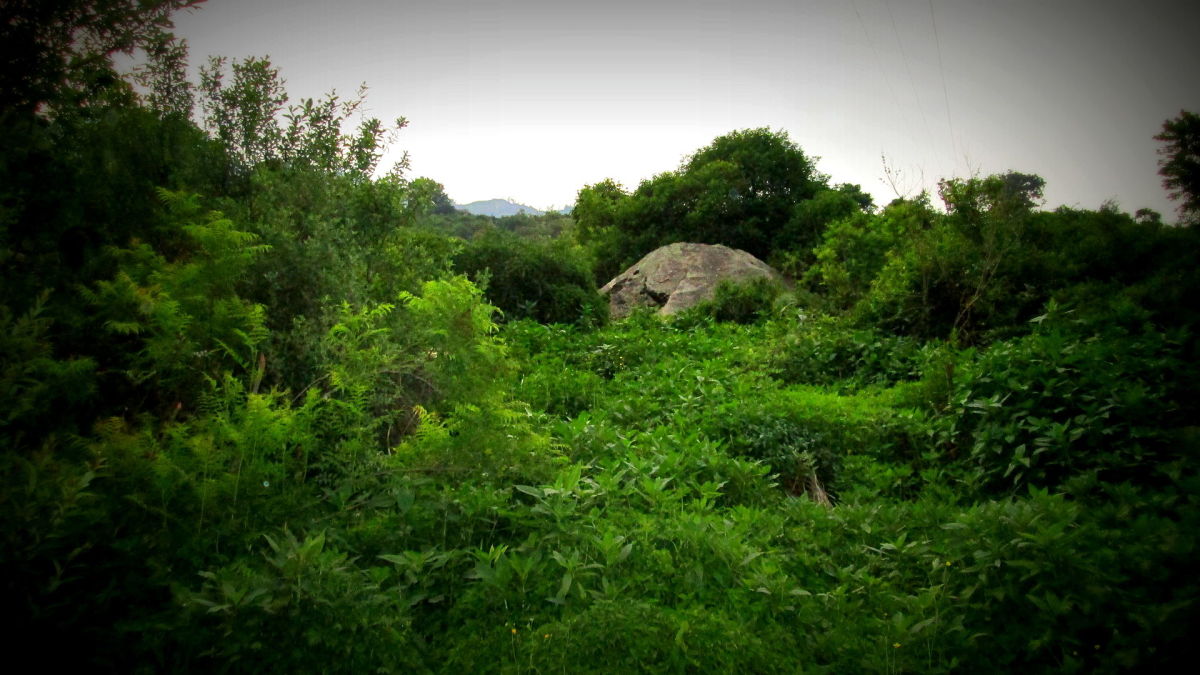Protect Our Environment - Things We Can Do
Protect Our Environment – What We Can Do
As individuals, organisations, companies, and as a nation, we all have a role to play in protecting the environment — including the land, air, oceans, aquatic ecosystems, animals, plants, and human health. So how can we help prevent environmental degradation?
---
1. Be Responsible – Start at Home
Reduce, Reuse, Recycle
Practise the 3Rs in your daily life. If you can reuse a bottle, packet, or box, turn it into something useful. Some simple ideas:
Use reusable shopping bags or reuse old plastic bags.
Reuse shopping bags as bin liners instead of buying garbage bags.
Build or renovate using recycled materials.
Collect and sell aluminium cans to recycling centres.
Use cloth nappies instead of disposable diapers.
Use less paper; go digital when possible.
Reduce your water consumption.
---
2. Adopt an Environmentally Friendly Lifestyle
Make small changes to how you live. For example:
Ride a bicycle or use public transport to commute.
Designate one day a week as a car-free day.
Plant trees around your home or property.
Switch to energy-efficient light bulbs.
Use solar energy where possible.
Replace plastic wraps with reusable containers.
Choose reusable items (e.g., mugs instead of disposable cups).
Walk to nearby places instead of driving.
Dry clothes under the sun instead of using a dryer.
Don’t litter or throw non-degradable waste from vehicles.
In winter, wear warm clothes instead of turning up the heat.
---
3. Avoid Environmentally Harmful Practices
Avoid cutting down trees for charcoal or gardens.
Don’t burn forests or grasslands.
Never use chemicals or explosives to fish (e.g., cyanide fishing).
Do not discharge sewage directly into waterways or the ocean.
Fish and hunt sustainably — only take what you need and avoid juveniles.
Don’t dump non-biodegradable waste from boats or ships.
Do not litter.
---
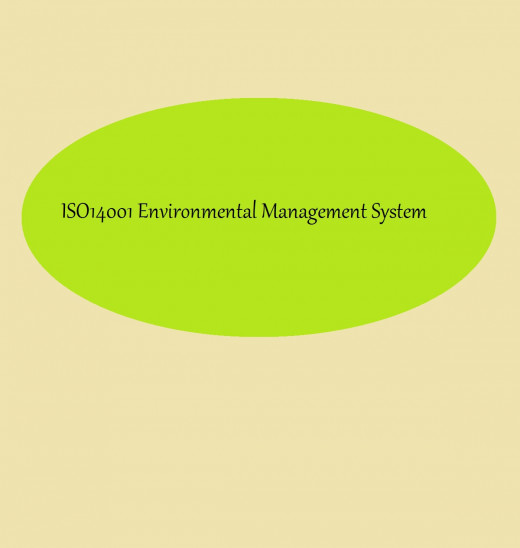
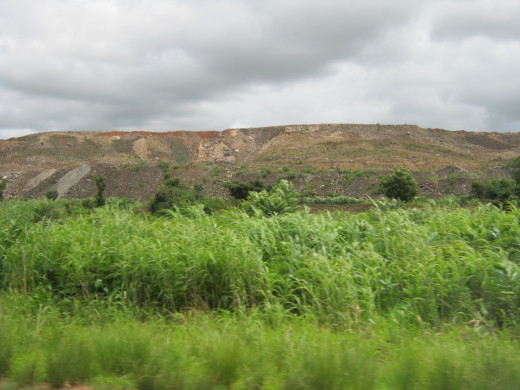
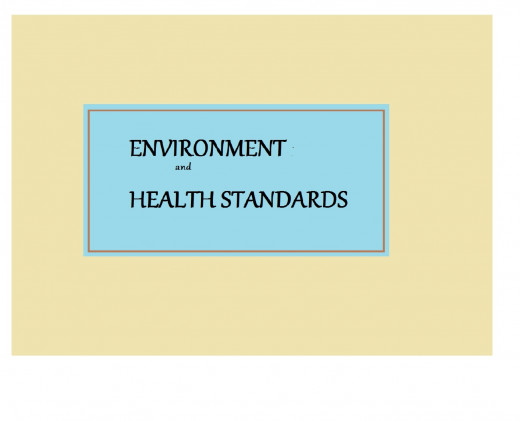
and as a Company or Organisation
4. Get Involved
Support or join environmental groups like Greenpeace, Friends of the Earth, or Nature Conservation Inc.
Participate in World Environment Day activities — e.g., plant a tree.
Report pollution, littering, or illegal dumping to authorities.
Take part in Environmental Impact Assessments for large developments.
---
5. Be Environmentally Responsible at the Corporate Level
Corporate Environmental Responsibility
Integrate environmental policies into your core business strategy.
Implement Environmental Management Systems (e.g., ISO 14001).
Publish environmental reports quarterly or annually.
Allocate sufficient budget and resources for environmental initiatives.
Support environmental awareness programs in the workplace and community.
Respond to community concerns about environmental impacts.
Adopt best management practices to minimise harm.
Design and Produce Eco-Friendly Products
Develop electric or solar-powered vehicles.
Convert bio-waste (human or animal waste) into gas for cooking.
Manufacture wind turbines to generate clean energy.
Use clean fuel alternatives for transport (e.g., electric trains).
Use biodegradable or minimal packaging materials.
Develop safe dispersants to clean oil spills.
Produce lead-free petrol.
Install scrubbers to remove pollutants (e.g., SO₂, NO₂, CO₂) from industrial emissions.
Practise the 3Rs: Reduce, Reuse, Recycle
Convert human waste into fertiliser.
Treat wastewater for reuse in households or gardens.
Refill used ink cartridges.
Reuse and recycle beverage bottles.
Recondition used tyres.
Create wetlands using wastewater for wildlife.
Recycle paper into new paper, boxes, or packaging.
Reduce or ban the use of ozone-depleting substances like CFCs.
Adopt Sustainable Industrial and Agricultural Practices
Extract natural resources (e.g., logs, minerals, oil) with minimal environmental disruption.
Harvest marine resources responsibly — avoid dredge or long nets that harm other species.
Avoid promoting unsustainable practices (e.g., bulk charcoal purchases).
Large farms should use fewer chemicals and plant tree buffers around their properties.
Comply with environmental permits (e.g., water use, waste disposal, sewage).
Monitor and control industrial discharges into stormwater, rivers, and air.
---


National-Level Actions
6. National-Level Actions
Governments and national institutions should take the lead in environmental protection:
Enact and enforce strong environmental laws, policies, and standards to protect air, land, sea, and biodiversity.
Establish legal mechanisms to prosecute environmental violations.
Create or strengthen environmental agencies (e.g., Department of Environment, Environmental Protection Authority, Climate Change Office).
Regulate natural resource use through permits (e.g., mining, hunting, logging, fishing).
Control waste discharge via permits (e.g., sewage, tailings, carbon emissions).
Collaborate with neighbouring countries, NGOs, and international organisations to address regional issues (e.g., climate change, biodiversity, land degradation, ozone depletion).
Fund biodiversity research and conservation projects (e.g., National Parks and Wildlife Services).
Promote eco-tourism and nature-based tourism.
Recognise and celebrate environmental days such as World Environment Day.
---
Conclusion
Everyone — from individuals and families to businesses and governments — must play a role in protecting the environment. The actions may seem small on their own, but together they create a powerful movement toward a cleaner, healthier, and more sustainable future.
---
This content is accurate and true to the best of the author’s knowledge and is not meant to substitute for formal and individualized advice from a qualified professional.
© 2012 Vivianne Kanawi



